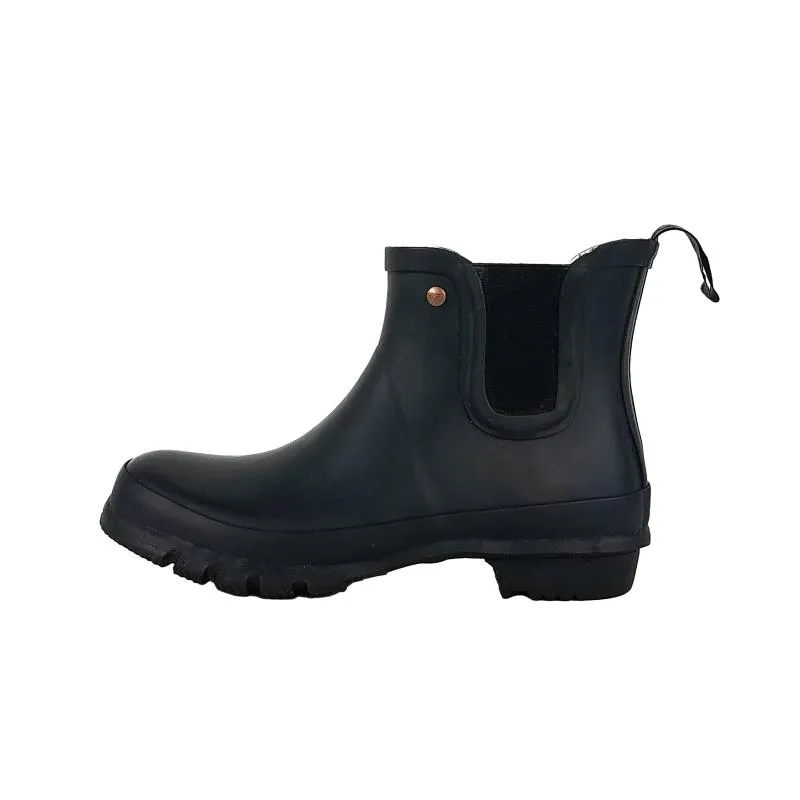Athletic Shoe Materials A Comprehensive Overview
Athletic shoes have evolved significantly over the years, driven by advancements in technology, fashion trends, and the unique needs of athletes. One of the most critical aspects of this evolution is the materials used to create these shoes. With an ever-increasing emphasis on performance, comfort, and durability, the selection of materials plays a pivotal role in meeting the demands of various athletic activities. This article explores the primary materials used in athletic shoes and their functionalities.
1. Uppers Creating Comfort and Breathability
The upper part of an athletic shoe is crucial for comfort, fit, and breathability. Traditionally, leather was the go-to material for shoe uppers due to its durability and support. However, in modern athletic footwear, synthetic materials have become more prevalent.
One of the most common materials used is mesh, which offers excellent breathability and moisture-wicking properties. Mesh uppers are lightweight and provide ventilation, ensuring that feet stay cool during intense training sessions. Additionally, synthetic materials like nylon and polyester are also employed, combining durability with flexibility.
Another innovative material is engineered knit, which has gained popularity for its ability to provide a sock-like fit. This material adapts to the shape of the foot, promoting natural movement and eliminating pressure points, making it ideal for runners and basketball players alike.
2. Midsole The Cushioning Champion
The midsole is perhaps the most critical component for shock absorption and cushioning in athletic shoes. EVA (Ethylene Vinyl Acetate) foam is commonly used for its lightweight properties and ability to absorb impact. It provides a cushioned feel that enhances comfort during extended wear, making it popular among long-distance runners.
In recent years, brands have introduced proprietary foams that deliver enhanced performance. For example, Adidas’ Boost technology utilizes thermoplastic polyurethane (TPU) beads that provide superior energy return, while Nike’s ZoomX foam focuses on lightweight responsiveness. These advancements offer athletes a competitive edge by improving energy transfer and reducing fatigue.
athletic shoe materials

3. Outsole Tackling Traction and Durability
The outsole is the layer that comes into direct contact with the ground and provides traction, stability, and durability. Rubber is the primary material for outsoles due to its excellent grip and resistance to wear. Brands often use a blend of different rubber compounds to optimize performance for specific sports.
For instance, trail running shoes may feature aggressive lugs made from a harder rubber compound that enhances grip on uneven surfaces. In contrast, basketball shoes often come with a herringbone pattern outsole for multidirectional traction on the court. Additionally, some manufacturers employ carbon rubber in high-abrasion areas to enhance durability while reducing wear and tear.
4. Sustainable Materials A Growing Trend
As environmental concerns grow, the athletic shoe industry is increasingly focusing on sustainability. Brands are beginning to incorporate eco-friendly materials into their designs, such as recycled plastics and organic cotton. For instance, Nike has made strides with its Move to Zero initiative, where it explores the use of recycled materials in its shoe production.
Additionally, companies like Allbirds are utilizing materials such as merino wool and eucalyptus tree fiber, which are not only sustainable but also offer comfort and breathability. As athletes become more environmentally conscious, the demand for sustainably produced footwear is set to rise.
Conclusion The Future of Athletic Shoe Materials
In conclusion, the materials used in athletic shoes are essential for delivering performance, comfort, and sustainability. The evolution of materials from traditional leather to advanced synthetic composites reflects the ongoing innovation within the industry. As technology continues to improve, it is likely that we will see even more exciting developments in athletic shoe materials, enhancing the performance of athletes across various disciplines. Ultimately, the right materials not only help athletes perform at their best but also contribute to a more sustainable future in sports footwear. Whether for running, basketball, or casual wear, understanding these materials can empower consumers to make informed choices when selecting their next pair of athletic shoes.
-
White Rubber Shoes in Retro Fashion TrendsNewsJun.04,2025
-
Safety Wellies with Electrical Hazard ProtectionNewsJun.04,2025
-
Hunting and Fishing Boots for Rocky TerrainsNewsJun.04,2025
-
Eco-friendly Waders Made from Recycled MaterialsNewsJun.04,2025
-
Black Boots Rubber: Durability and Style CombinedNewsJun.04,2025
-
Women’s Waders: Comfortable Designs for All-Day FishingNewsMay.28,2025
-
Pairing Dresses with Fashion Rubber BootsNewsMay.28,2025











